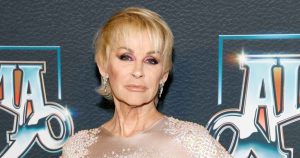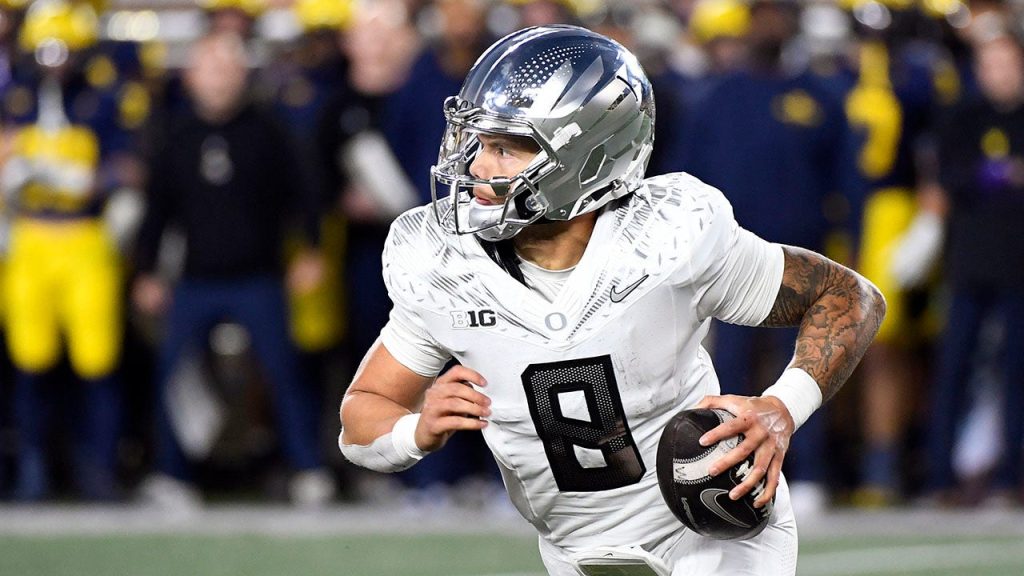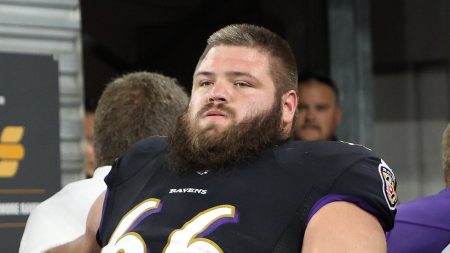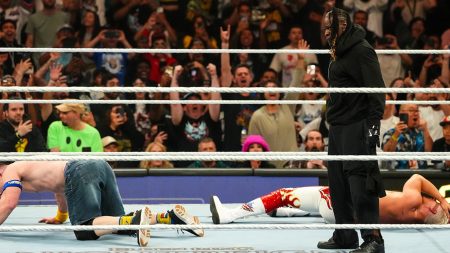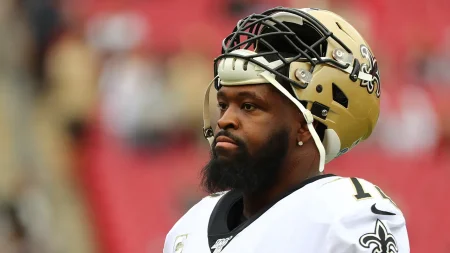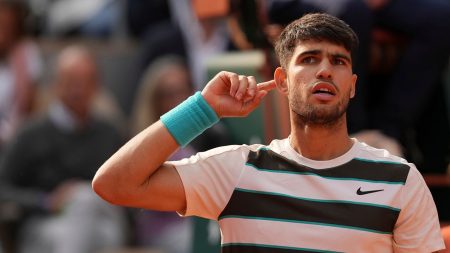Dillon Gabriel, the Oregon Ducks’ star quarterback, has sparked a conversation about the ideal conditions for playing football. In a recent interview, Gabriel expressed his preference for warm weather, natural grass fields, and domed stadiums, questioning the tradition of playing in inclement weather. His comments, made ahead of the Rose Bowl matchup against Ohio State, reflect a growing sentiment among some players who prioritize player comfort and optimal playing conditions. Gabriel’s vision for the future of football includes not only climate-controlled environments but also enhanced entertainment features like fireworks, suggesting a desire to elevate the game day experience for both players and fans.
Gabriel’s unconventional perspective challenges the long-held notion of football as a sport that embraces all weather conditions. He argues that playing in snow and rain is unnecessary and questions why fans would subject themselves to such discomfort. His suggestion to build more domed stadiums and play on natural grass reflects a concern for player safety and a desire to create a more consistent playing surface. The quarterback even entertained the idea of holding all college football games in Hawaii, his home state, highlighting his preference for warm, sunny conditions. This playful suggestion, while unlikely to be implemented, underscores his belief that football should be played in optimal environments.
Gabriel’s comments come as he concludes a remarkable sixth season in college football. Despite playing in the often-rainy Pacific Northwest for the Oregon Ducks, on an outdoor artificial turf field, he achieved significant accolades, including being named a first-team All-American, Big 10 MVP, and Big 10 Offensive Player of the Year in 2024. This success, achieved in conditions he doesn’t deem ideal, underscores his talent and adaptability. His journey through college football has taken him through three different conferences, starting at the University of Central Florida, then to the University of Oklahoma, before landing at Oregon. This diverse experience has exposed him to a variety of playing environments, further shaping his perspective on the ideal conditions for the sport.
Gabriel’s transfer to Oregon marked a significant turning point in his career. He viewed it as a necessary step in his preparation for the NFL, recognizing the importance of college football as a crucial stepping stone to the professional level. His decision to join the Ducks aligned with his personal and professional goals, despite the less-than-ideal weather conditions he encountered in the Pacific Northwest. He embraced the opportunity to compete in a new conference and further develop his skills, demonstrating his commitment to maximizing his potential before entering the NFL draft.
Throughout his college career, Gabriel has consistently demonstrated exceptional performance. In his final season, he led the Big 10 in both passing yards and completions, solidifying his reputation as one of the top quarterbacks in the nation. These achievements, coupled with his individual awards, highlight his ability to excel regardless of the playing conditions. His consistent performance, even in environments he considers suboptimal, underscores his dedication and talent, making him a highly sought-after prospect for NFL teams.
Gabriel’s comments about playing conditions offer a glimpse into the evolving perspectives of modern athletes. While his vision of climate-controlled stadiums and natural grass fields may not be universally embraced, it reflects a growing emphasis on player comfort and optimal performance. As the demands of college football continue to intensify, conversations about player safety and ideal playing environments are likely to become more prominent. Gabriel’s outspokenness on this issue adds a valuable dimension to the ongoing discussion about the future of the sport. His preference for warm weather and controlled environments, while contrasting with the traditional image of football played in all conditions, reflects a broader trend toward prioritizing player well-being and maximizing performance potential.


